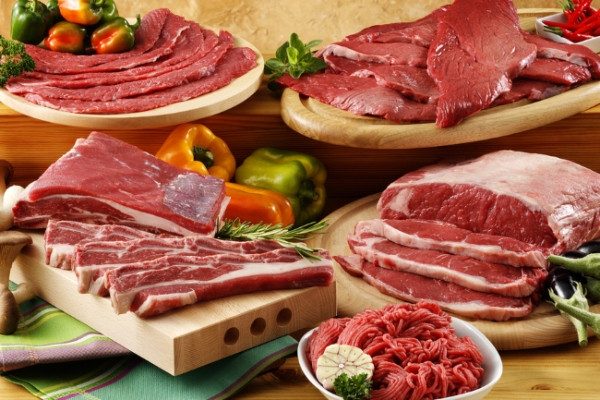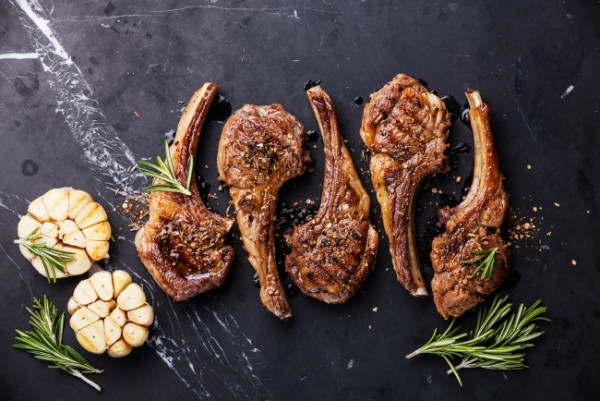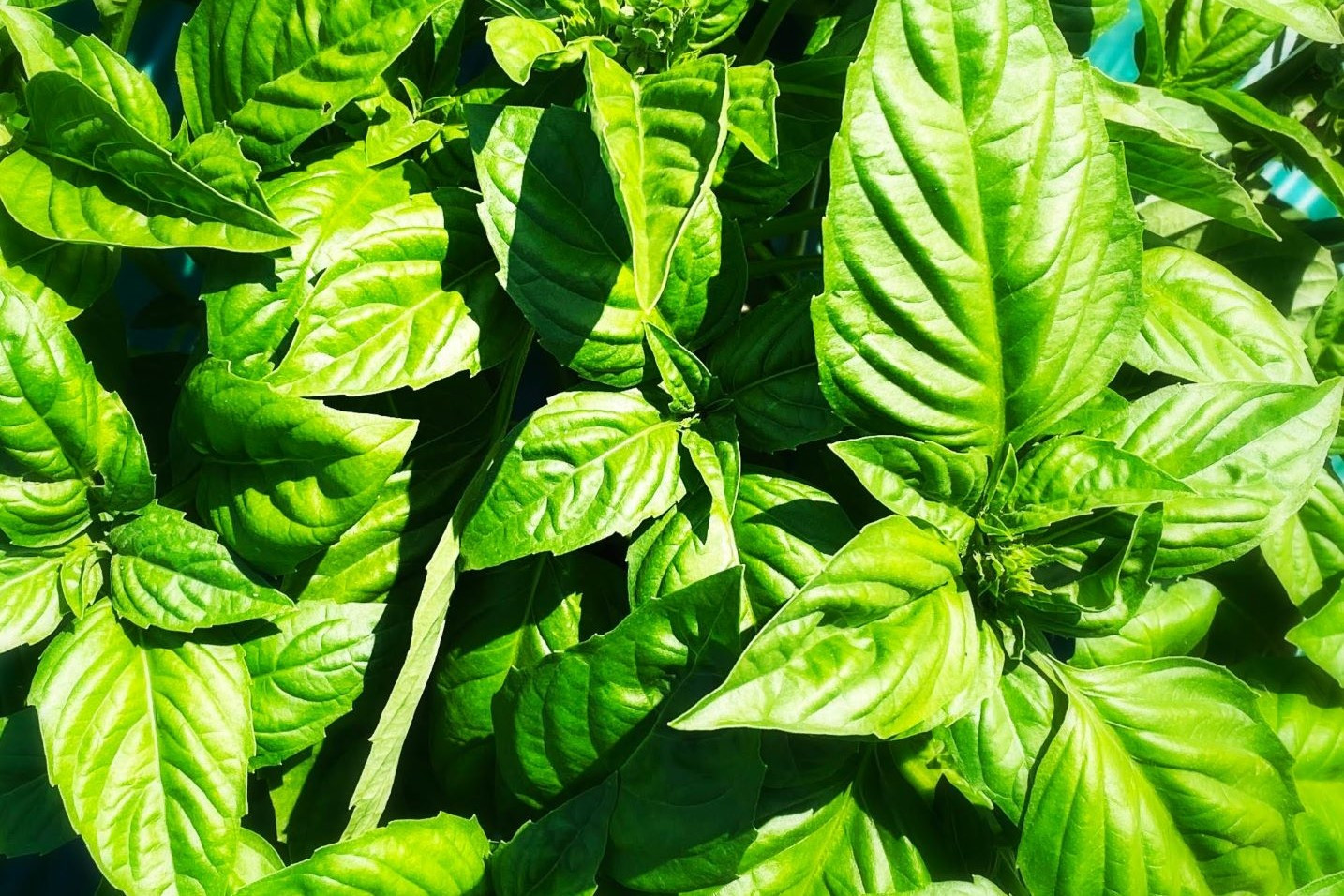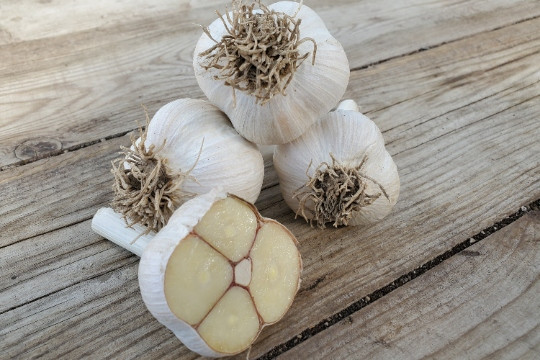Our Farm's Story
Our historic 430-acre farm features underground springs, deep woods and bucolic hilltops. Once at risk of being subdivided, our farm is now being protected and nurtured for future generations.
Because our land is an interconnected ecological web, conservation and farming go hand-in-hand here. We work to build soil health, diversify crops and plant communities and increase the number of birds, bees and butterflies that make this place their home. Grazing livestock is an important tool in regenerating our soils and keeping our water clean. The deep roots of diverse perennial pastures prevent erosion and enhance soil biology.
We honor our Welsh heritage by restoring working barns and historic pastures, and also through our name, Gwenyn, the Welsh word for honeybee.
Family-scale regenerative agriculture must continue to be an important part of our community. We’re focused on our successors, on the health of the land they’ll inherit, and on the nutritional value, flavor and diversity of the food that comes from this place.
Our Red Devons enjoy the lush pastures, waiting to be moved.
Why Red Devons
While credited with being the first breed to accompany pilgrims to New England, Red Devon cattle have never been as common in the U.S. as the Angus or Hereford breeds. So why did we choose Red Devons for our beef herd? Our Land and Livestock Manager, Ryan, had several things in mind:
Which breed would thrive on grass, be enthusiastic grazers and walk with sturdy legs? Which would gain weight and produce flavorful meat on pastures without grain in their diet? While some breeds tolerate extreme heat, like the Brahman of India, we needed one suited for the bitter Midwestern winter and the wet spring and fall. Which breed would naturally forage through snow and use it as a water source?
Not all cattle are suited to this kind of life, but Ryan was drawn to the breeds of the British Isles. Though smaller-framed, they mature earlier on the lush pastures of that region and are bred to withstand the notoriously biting, damp climate.
We found our answer with the Red Devons. They’re born in the pasture at a sturdy 70 pounds, ready to test their legs almost immediately. Their mothers show them how to shelter on our south-facing slopes and in the pines, while also teaching them to constantly graze on the best plants.
Red Devons are also a docile breed. While the protective mothers watch carefully over their calves, they are calm around people and sensible around fences. This is crucial for our farmers, who must move the entire herd (including bulls) to a new pasture each day.






